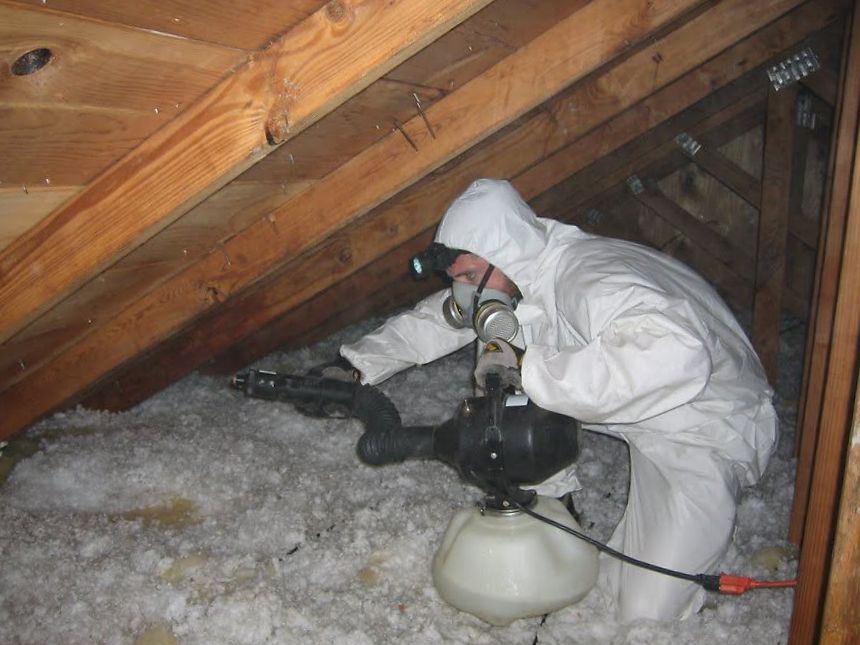- info@pestcontrolwildlife.com
Call us for help in your town
America's Wildlife Experts
How to Clean Wild Animal Waste in Your Attic

Proper Cleaning and Decontamination of the Wild Animal Waste in Your Attic
If you have experienced a wildlife infestation in the past, every mess they created will be left in your attic. This may include little debris, nesting materials, droppings, body oils, urine, excrement and the food that they collected. Different type of wildlife animals can also create different mess. For instance, the raccoons can tear up your wire insulation and leave a large pile of droppings. Opossum is a messy creature that tends to leave their droppings everywhere. Rodents can create up to 40 droppings per day, and these small pellets will be scattered all over the attic. After successfully getting rid of the animals, it is time to clean and decontaminate your attic.
The waste of the animals does not only contain mites and ticks, it also contains pathogens that need to be decontaminated. Here are some ways to successfully deal with the animal wastes.
Cleaning the Droppings
Before you start with the cleaning process, make sure that you are properly covered and equipped with protective gear. Pigeons carry pathogens that can lead to different illnesses, stench that the skunk produce is too strong that may affect your respiratory system. After wearing a protective gear, start vacuuming the smaller droppings. If you have bats, birds and rodents infestation, they have a higher metabolism, and they have smaller droppings. Choose a smaller type of vacuum that will allow you to move freely at the attic. Vacuuming is the safest cleaning method that you can use especially if there are open wire insulations.
Removing the Animal Waste
In the event that you encountered a larger animal infestation, they will also produce large droppings. During this instance, manual removal of waste is recommended. A significant amount of dropping can create a nasty odor. There are also instances that it can lead to some health problems. For example, the droppings of the raccoon can contain roundworms. The eggs of the roundworms can be breathed by the human that can lead to different infections.
Fogging
Your decontamination should start with fogging. This is the proper way to decontaminate the oils and grease of the animals. Usually, an animal will release a body fluid to mark its territory. The rats, for example, secrete pheromone scents. Fogging can virtually eliminate these biohazard substances and eliminate the scent that is attracting the other animals. Cleaning and decontaminating is not just a process that eliminates that nasty odor and clean your attic, it also eliminates the bacteria and prevent future infestation. Your fogging device should contain substance that has the ability to break down the organic matter without affecting the structure of your house.
Proper cleaning of the animal waste includes the comprehensive removal of the waste and decontamination. This will eliminate the possibility of contracting a disease and will make your house an ideal place to live. In the event that your attic has acquired a considerable damage, a professional wild-life removal company can provide you with a complete restoration.


















